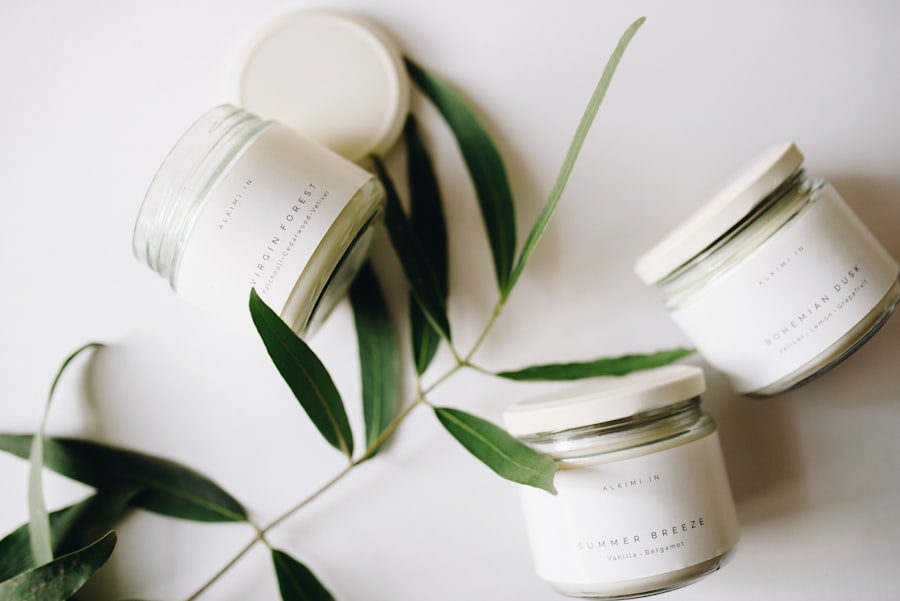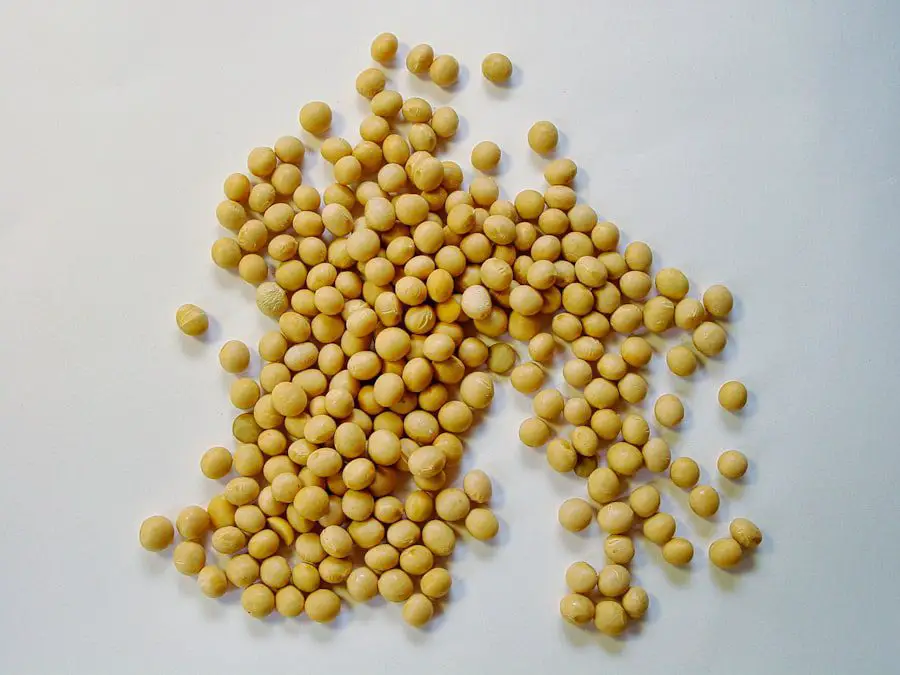What makes a candle biodegradable and which ingredients to look for.
In recent years, the growing awareness of environmental issues has led consumers to seek out products that are not only functional but also sustainable. Among these products, biodegradable candles have emerged as a popular choice for those who wish to enjoy the ambiance and fragrance of candles without contributing to environmental degradation. Unlike traditional candles, which often contain paraffin wax derived from petroleum, biodegradable candles are made from natural materials that break down more easily in the environment.
This shift towards eco-friendly alternatives reflects a broader trend in consumer behavior, where individuals are increasingly prioritizing sustainability in their purchasing decisions. Biodegradable candles are crafted from a variety of natural waxes, oils, and other materials that are designed to minimize their ecological footprint. These candles not only burn cleaner but also emit fewer harmful chemicals into the air compared to their conventional counterparts.
As consumers become more educated about the impact of their choices on the planet, the demand for biodegradable options continues to rise. This article will explore the various components that make up biodegradable candles, highlighting their benefits and the importance of choosing sustainable products in our daily lives.
Key Takeaways
- Biodegradable candles are a sustainable and eco-friendly alternative to traditional candles, as they are made from natural and renewable ingredients.
- Natural waxes and oils, such as soy wax and coconut oil, are commonly used in biodegradable candles, making them non-toxic and environmentally friendly.
- Essential oils and natural fragrances are used to add scent to biodegradable candles, providing a healthier and more natural alternative to synthetic fragrances.
- Lead-free wicks are an important feature of biodegradable candles, ensuring that they do not release harmful toxins when burned.
- Biodegradable candles often come in recyclable or biodegradable packaging, further reducing their environmental impact and making them a sustainable choice for consumers.
Natural Waxes and Oils
The foundation of biodegradable candles lies in the use of natural waxes and oils, which serve as the primary fuel source for the candle’s flame. Common natural waxes include soy wax, beeswax, and palm wax, each offering unique properties that contribute to a cleaner burn. Soy wax, derived from soybeans, is particularly popular due to its renewable nature and ability to hold fragrance well.
It burns more slowly than paraffin wax, resulting in a longer-lasting candle that produces less soot. Beeswax, on the other hand, is a byproduct of honey production and is known for its natural sweet scent and air-purifying qualities. When burned, beeswax releases negative ions that can help neutralize pollutants in the air, making it an excellent choice for those seeking both ambiance and improved air quality.
Palm wax is another option that has gained traction in the market. Sourced from palm oil, it is known for its unique crystalline appearance and ability to hold vibrant colors. However, it is essential to ensure that the palm wax used is sustainably sourced to avoid contributing to deforestation and habitat destruction.
The use of these natural waxes not only enhances the aesthetic appeal of biodegradable candles but also aligns with a commitment to environmental stewardship. By choosing candles made from these materials, consumers can enjoy their favorite scents while supporting sustainable agricultural practices.
Essential Oils and Fragrances
Fragrance plays a significant role in the appeal of candles, and biodegradable options often utilize essential oils derived from plants rather than synthetic fragrances. Essential oils are concentrated extracts obtained from various parts of plants, including leaves, flowers, and roots. They not only provide delightful aromas but also offer potential therapeutic benefits.
For instance, lavender essential oil is renowned for its calming properties, while citrus oils can invigorate and uplift the mood. By incorporating essential oils into biodegradable candles, manufacturers can create products that enhance well-being while remaining environmentally friendly. In contrast to synthetic fragrances, which can contain harmful chemicals and allergens, essential oils are generally considered safer for both human health and the environment.
This shift towards natural fragrances reflects a growing consumer preference for transparency in ingredient sourcing and a desire for products that promote wellness. Additionally, essential oils can be blended to create unique scent profiles, allowing consumers to personalize their candle experience. The use of these natural fragrances not only elevates the sensory experience but also reinforces the commitment to sustainability inherent in biodegradable candles.
Lead-Free Wicks
Another critical component of biodegradable candles is the wick, which is responsible for drawing the melted wax up to sustain the flame. Traditional candle wicks often contained lead to improve rigidity and burning characteristics; however, this practice has been largely phased out due to health concerns associated with lead exposure. Biodegradable candles prioritize safety by utilizing lead-free wicks made from materials such as cotton or wood.
Cotton wicks are commonly used because they burn cleanly and evenly without releasing harmful substances into the air. Wooden wicks have also gained popularity in recent years due to their unique aesthetic appeal and crackling sound when burned, reminiscent of a fireplace. These wicks not only enhance the sensory experience but also contribute to a more sustainable product by utilizing renewable resources.
The choice of wick material is crucial in ensuring that biodegradable candles maintain their eco-friendly status while providing a safe and enjoyable burning experience. By opting for lead-free wicks, consumers can further reduce their exposure to toxic substances while enjoying the warm glow of their favorite candles.
Recyclable or Biodegradable Packaging
The environmental impact of a product extends beyond its composition; packaging plays a significant role in determining its overall sustainability. Biodegradable candles often come in recyclable or biodegradable packaging materials that minimize waste and reduce reliance on single-use plastics. Many manufacturers are now opting for glass jars, metal tins, or cardboard boxes that can be easily recycled or composted after use.
This approach not only aligns with eco-friendly principles but also encourages consumers to adopt more sustainable practices in their daily lives. Moreover, some brands are taking it a step further by implementing refill programs or encouraging customers to return used containers for recycling or repurposing. This circular economy model not only reduces waste but also fosters a sense of community among environmentally conscious consumers.
By choosing biodegradable candles packaged in sustainable materials, individuals can contribute to reducing landfill waste and promoting responsible consumption patterns.
Non-Toxic Dyes and Pigments
Colorful candles can enhance the visual appeal of any space, but traditional dyes often contain harmful chemicals that can release toxins when burned. Biodegradable candles prioritize safety by using non-toxic dyes and pigments derived from natural sources. These dyes can be made from plant extracts or minerals, ensuring that they do not compromise indoor air quality when the candle is lit.
For example, beetroot powder can be used to create vibrant red hues, while turmeric can impart a warm yellow tone. The use of non-toxic dyes not only aligns with the overall ethos of sustainability but also allows consumers to enjoy aesthetically pleasing products without compromising their health or the environment. As awareness grows regarding the potential dangers of synthetic dyes, many consumers are actively seeking out alternatives that prioritize safety and sustainability.
By choosing biodegradable candles with natural colors, individuals can create beautiful atmospheres while supporting brands committed to eco-friendly practices.
Sustainable and Renewable Ingredients
The concept of sustainability extends beyond individual components; it encompasses the entire lifecycle of a product from sourcing to disposal. Biodegradable candles are crafted using sustainable and renewable ingredients that minimize environmental impact throughout their production process. For instance, soy wax is derived from soybeans, which are a renewable resource that can be cultivated without depleting natural ecosystems when managed responsibly.
Similarly, beeswax is a byproduct of honey production that supports local beekeepers and promotes biodiversity. In addition to waxes and oils, many manufacturers are increasingly sourcing their ingredients from suppliers who adhere to ethical practices and prioritize environmental stewardship. This includes ensuring that raw materials are harvested sustainably and that production processes minimize waste and energy consumption.
By supporting brands that prioritize sustainable sourcing, consumers can play an active role in promoting responsible practices within the candle industry.
Choosing Biodegradable Candles
As consumers become more conscious of their environmental impact, the demand for biodegradable candles continues to grow. These eco-friendly alternatives offer a multitude of benefits, from cleaner burning properties to non-toxic ingredients and sustainable packaging options. By choosing biodegradable candles made from natural waxes, essential oils, lead-free wicks, non-toxic dyes, and recyclable packaging, individuals can enjoy their favorite scents while making responsible choices for the planet.
The decision to opt for biodegradable candles reflects a broader commitment to sustainability and wellness in everyday life. As more people recognize the importance of supporting environmentally friendly products, manufacturers are likely to continue innovating and expanding their offerings in this space. Ultimately, choosing biodegradable candles is not just about enjoying a pleasant ambiance; it is about participating in a movement towards a more sustainable future where consumer choices align with ecological responsibility.
If you are interested in learning more about candles and how to care for them, check out this informative article on how to care for candles. It provides useful tips on how to properly maintain your candles to ensure they burn evenly and last longer. Additionally, if you are considering making your own candles, be sure to read this comprehensive guide on container candle making. It covers everything you need to know to create your own beautiful and fragrant candles.
FAQs
What does it mean for a candle to be biodegradable?
Biodegradable candles are made from materials that can be broken down by natural processes, such as bacteria and other microorganisms, into simpler, non-toxic compounds. This allows the materials to be reabsorbed into the environment without causing harm.
What ingredients should I look for in a biodegradable candle?
When looking for a biodegradable candle, it’s important to look for natural and renewable ingredients such as soy wax, beeswax, coconut wax, or other plant-based waxes. Avoid candles made from paraffin wax, as it is derived from petroleum and is not biodegradable.
Are there any other factors to consider when choosing a biodegradable candle?
In addition to the wax, it’s important to consider the wick and any added fragrances or dyes. Look for candles with cotton or wood wicks, as these are biodegradable. Avoid candles with metal or lead-core wicks, as these can release harmful substances when burned. Opt for candles with natural essential oil-based fragrances and natural dyes, as synthetic fragrances and dyes can be harmful to the environment.











